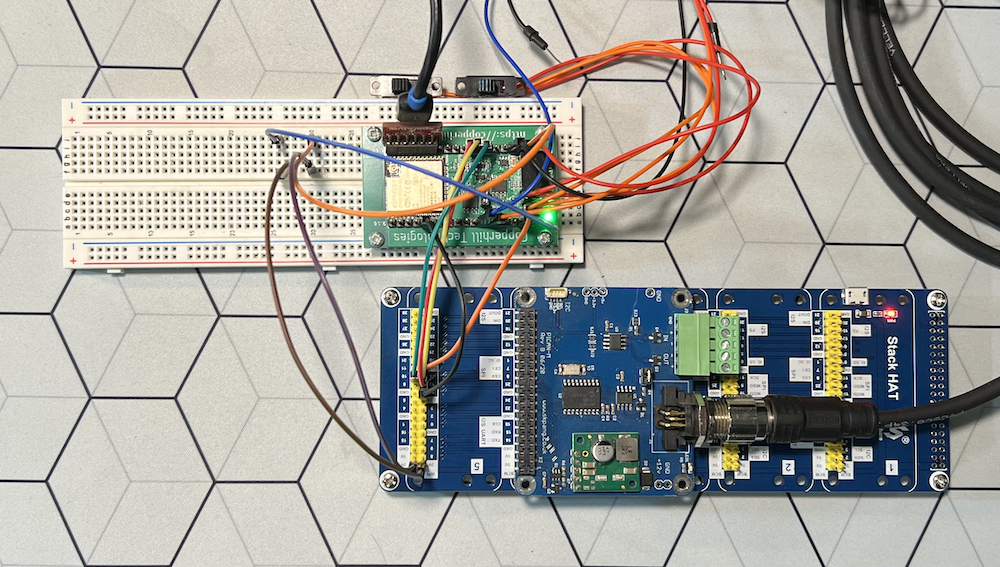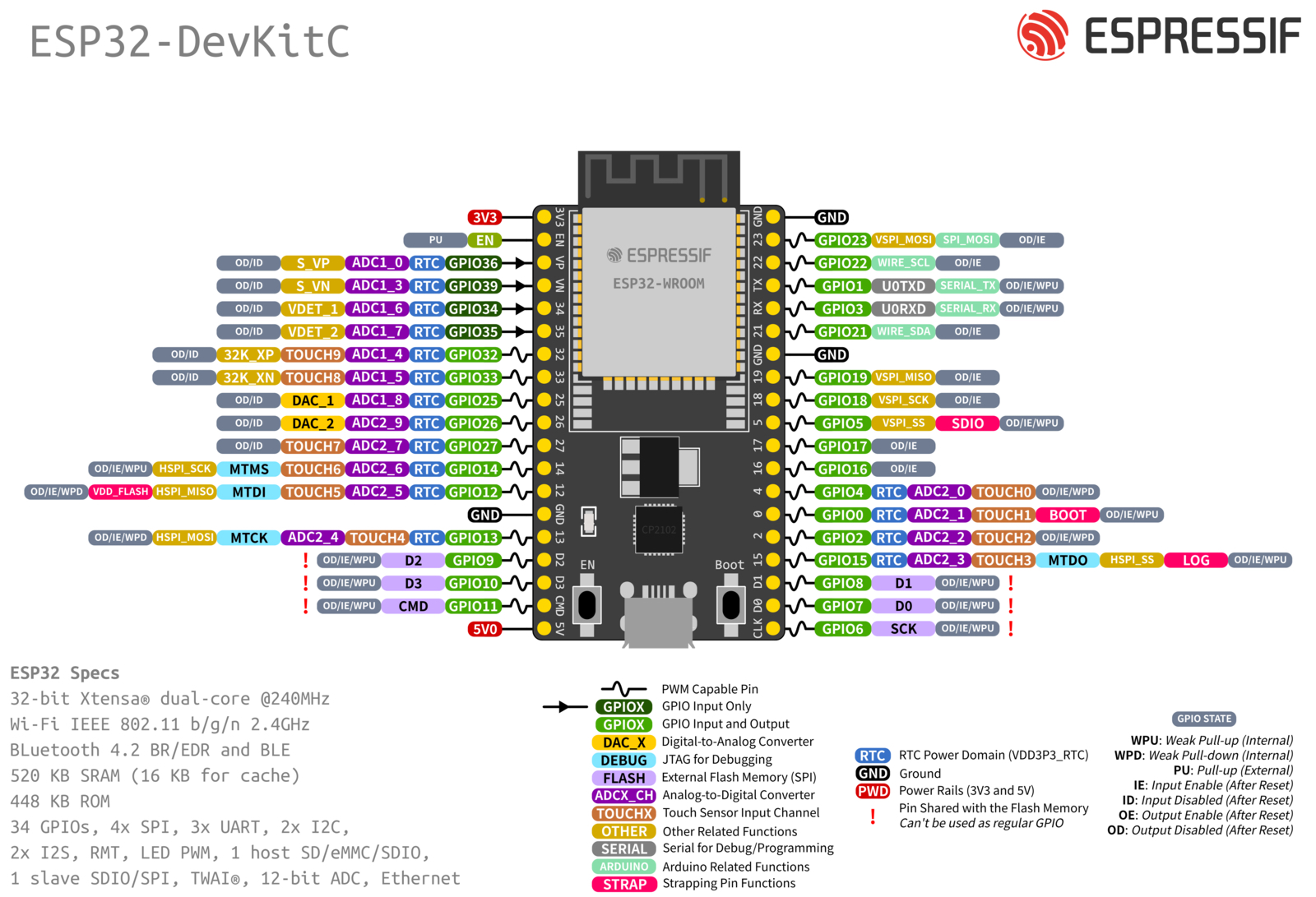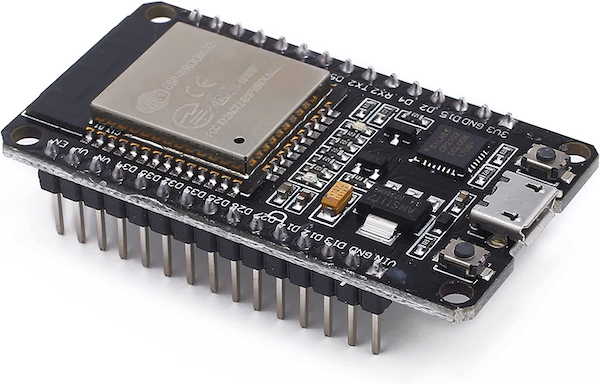Recent Posts
ESP32 Development Board with NMEA 2000 & NMEA 0183 HAT
Posted by on

The ESP32 processor integrates peripherals such as UART, CAN Bus, WIFI, and Bluetooth, allowing a wide range of applications. Its low price adds to its popularity.
Various ESP32 development boards, such as the ESP32-WROOM-32, are available in the market, as shown to the left. However, compared to popular systems like the Raspberry Pi or Arduino, the hardware resources, i.e., additional peripherals, are limited.
Consequently, tapping into the vast resources of the Raspberry Pi or Arduino system makes sense.
The above picture demonstrates the setup I used to connect an NMEA 2000 and NMEA 0183 HAT with an ESP32 development board.
But, first of all, let me refer to two previous posts I wrote on the topic:
- Extending ESP32 Functionality by Using Raspberry Pi HATs...
- ESP32 Triple CAN Bus Application Through Adding Two MCP2515 Ports...
In the above setup, I am using our PICAN-M Board. The PICAN-M (M = Marine) is a Raspberry Pi HAT with NMEA 0183 and NMEA 2000 connection. The NMEA 0183 (RS422) port is accessible via a 5-way screw terminal. The NMEA 2000 port is accessible via a Micro-C connector. The board comes with a 3A SMPS (Switch Mode Power Supply), allowing to power the Raspberry Pi plus HAT from an onboard power source (12 VDC).
The posts above explain the SPI connection between the ESP32 and the HAT. Please take your time to read them for more information.
The software I used is available at:
https://github.com/coryjfowler/MCP_CAN_lib...
Another helpful resource is the PICAN-M schematics (PDF), which show the SPI connection plus the power sources for 5 VDC and 3.3 VDC. They also show the serial connection (RX, TX) to the NMEA 0183 port.
For more information on the NMEA 0183 port, see also my post:
Testing NMEA 0183 For The PICAN-M - NMEA 0183 & NMEA 2000 HAT For Raspberry Pi...
Last but not least, I am adding the ESP32 Dev Kit Pinout. Naturally, you can use any other ESP32 system for the same application, but please ensure that you have all necessary signals available.

 Electronics Projects with the ESP8266 and ESP32: Building Web Pages, Applications, and WiFi Enabled Devices
Electronics Projects with the ESP8266 and ESP32: Building Web Pages, Applications, and WiFi Enabled Devices
Copperhill Technologies highly recommends using this book for your wireless application projects. Yes, many good books and free online resources are available these days, but this is the book we are using. It made our approach to Bluetooth, BLE, and WIFI a breeze. Programming wireless applications without hassles was fun, and we will share them on this web page.
Projects throughout the book utilize the wireless functionality and processing power of the ESP microcontrollers. Projects are built in the Arduino IDE, so you don't need to download other programming software. In addition, mobile apps are now ubiquitous, making the app build projects of the book very relevant, as are the web page design projects.
In Electronics Projects with the ESP8266 and ESP32, you'll see how easy and practical it is to access information over the internet, develop web pages, build mobile apps to remotely control devices with speech recognition, or incorporate Google Maps in a GPS route tracking app. More Information...
 Loading... Please wait...
Loading... Please wait...


